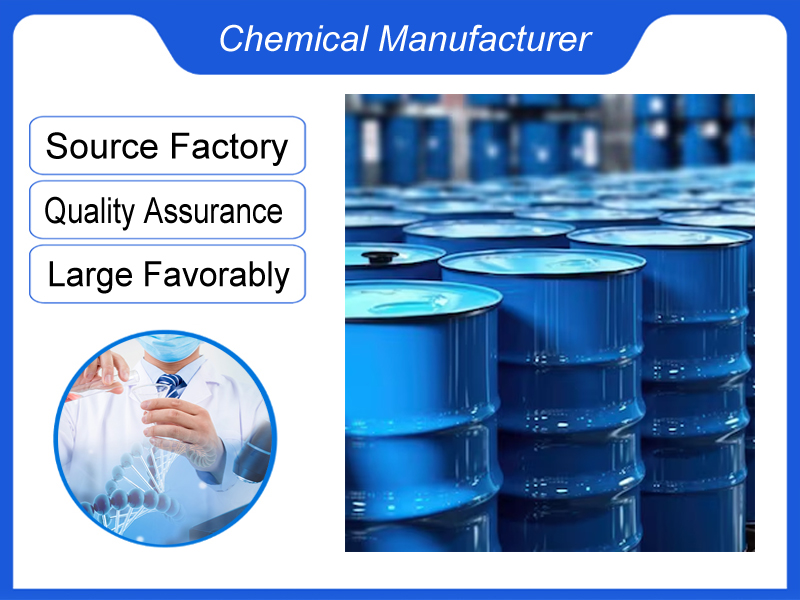
PARAFORMALDEHYDE
Category:Paint chemicals
Introduction
Due to our paraformaldehyde is mainly in a granular format with consistent quality, it is easy to handle and transport. Because of excellent solubility and broad applicability, it is used in products such as synthetic resin, phenolic resin, urea resin, amino resin, melamine resin, coating resin, ion exchange resin, organic synthesis, etc.
PARAFORMALDEHYDE: TECHNICAL PROFILE
| Category | Specifications |
|---|---|
| Chemical Name | Paraformaldehyde (Polyoxymethylene) |
| CAS No. | 30525-89-4 |
| Molecular Formula | (CH₂O)ₙ (n=8-100) |
| Appearance | White crystalline powder |
| Formaldehyde Content | 91-99% |
| Melting Point | 120-170°C (decomposes) |
| Key Properties | Characteristics |
|---|---|
| Solubility | Insoluble in cold water, soluble in hot water |
| Depolymerization | Releases formaldehyde at >80°C |
| Bulk Density | 0.5-0.7 g/cm³ |
| Ash Content | ≤0.05% |
| Applications | Industry Uses |
|---|---|
| Disinfectants | Slow-release formaldehyde source |
| Resin Production | Urea/phenol-formaldehyde resins |
| Agriculture | Soil fumigant, preservative |
| Chemical Synthesis | Reagent in organic reactions |
| Safety Data | Handling Requirements |
|---|---|
| GHS Classification | H301, H311, H314, H317, H331, H335, H350 |
| Storage Conditions | Cool, dry, well-ventilated area |
| PPE Requirements | Respirator, gloves, goggles |
| Shelf Life | 24 months |
| Comparison | Paraformaldehyde | Formalin |
|---|---|---|
| Formaldehyde Release | Controlled | Immediate |
| Storage Stability | Excellent | Limited |
| Handling Safety | Higher | Lower |
| Concentration | 91-99% | 37-40% |
Comparison of PFA with Formaldehyde Derivatives
| Characteristic | PFA | Formaldehyde Solution | Trioxane |
|---|---|---|---|
| Physical State | Solid | Liquid | Solid |
| Formaldehyde Release | Gradual | Immediate | Moderate |
| Storage Stability | Excellent | Limited | Good |
| Handling Safety | Safer | Hazardous | Moderate |
Safety and Handling
Safety Parameters for PFA
| Parameter | Value/Consideration |
|---|---|
| OSHA PEL | 0.75 ppm (TWA) |
| Flash Point | Non-flammable |
| Decomposition Temp | >80°C |
| Primary Hazards | Formaldehyde release, skin/eye irritant |
| Storage Conditions | Cool, dry, ventilated area |
Conclusion
Paraformaldehyde offers a stable, solid alternative to formaldehyde solutions with controlled release properties. While it presents fewer immediate hazards than liquid formaldehyde, proper handling remains essential due to its formaldehyde release characteristics. Its versatility makes it valuable across multiple industries, though appropriate safety measures must always be observed.
References:
- Merck Index (16th Edition)
- OSHA Formaldehyde Standard (29 CFR 1910.1048)





